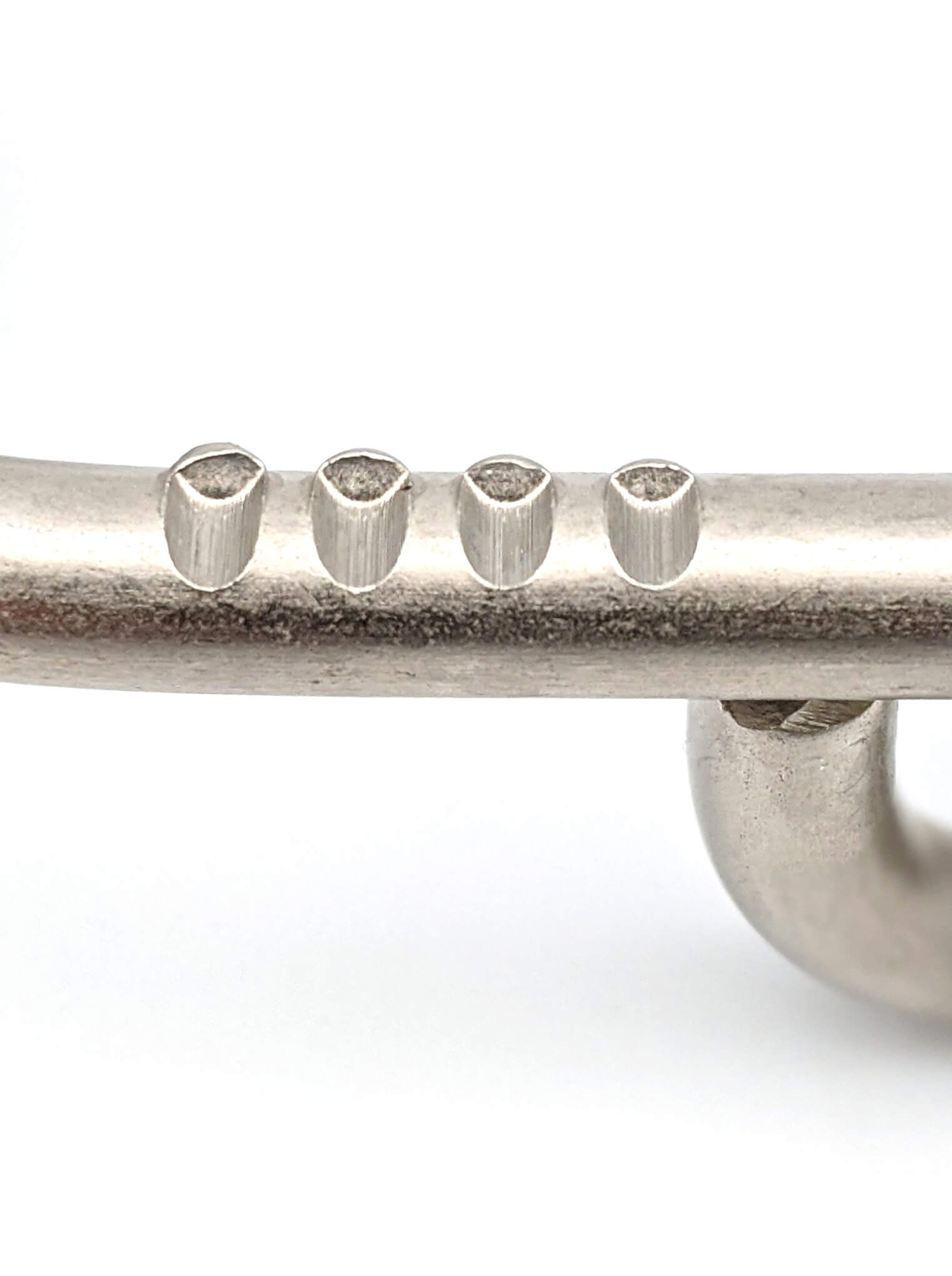Get unique, complex parts easily. No matter your requirements, Chaoyi Spring creates hard-to-produce coil springs and wire forms.
Let us help you create the custom wire form you need, from S-hooks and J-hooks to utility hooks and more.
We work closely with customers across a wide range of industries, helping them design and manufacture made-to-order parts.
Why choose Chaoyi Spring? We prioritize customer-focused collaboration, modern equipment and the latest technology to make your parts per print.
Find the information and guidance you need, from measuring a spring to learning about materials, placing an order and much more.
Choosing the right torsion spring can be a daunting task, especially for those unfamiliar with the nuances of spring sizing. This comprehensive guide will equip you with the knowledge and


Choosing the right torsion spring can be a daunting task, especially for those unfamiliar with the nuances of spring sizing. This comprehensive guide will equip you with the knowledge and tools to navigate the complexities of torsion springs, enabling you to confidently select the ideal spring for your specific application. We'll delve into the essential components of a torsion spring size chart, explore how to interpret its data, and provide valuable insights to ensure your spring selection is accurate and effective.

Torsion springs, unlike their compression and extension counterparts, are designed to store and release energy through twisting or rotating motion. They are commonly found in a wide range of applications, from door hinges and garage door openers to automotive suspension systems and precision instruments. When a torque is applied to a torsion spring, it stores energy by twisting, and when released, it returns to its original position, releasing the stored energy.
The effectiveness of a torsion spring hinges on selecting the right size. An incorrectly sized spring can lead to inadequate performance, premature failure, or even safety hazards. Fortunately, torsion spring size charts provide a valuable tool to guide you in choosing the ideal spring for your needs.
A torsion spring size chart, typically a table or graph, presents a comprehensive overview of key spring parameters. These charts are vital for understanding the characteristics of various springs and selecting the optimal one for your application.
Here are some of the key parameters you'll encounter on a torsion spring size chart:
By carefully studying these parameters and their interplay, you can gain a deeper understanding of how different torsion spring sizes influence their behavior.
When choosing a torsion spring, consider these essential factors:
By carefully considering these factors, you can narrow down your choices and select a torsion spring that will reliably perform in your application.
Once you understand the key parameters and have considered the factors mentioned above, you can use the torsion spring size chart to pinpoint the ideal spring for your specific application.
For instance, if you need a torsion spring to open a door with a certain amount of force, you'll need to determine the required torque and find a spring with an appropriate rate. The size chart will help you identify springs that meet these requirements. You can then compare different options based on their dimensions, material, and operating angle to make a final selection.
Here are some additional tips to guide you:
Remember, a well-chosen torsion spring is a crucial component for the smooth and reliable operation of many mechanical systems.
Navigating torsion spring size charts might seem overwhelming at first, but by understanding the key parameters, considering the relevant factors, and employing these tips, you'll be well-equipped to make informed decisions. Choosing the right torsion spring is a crucial step in ensuring the success of your projects and optimizing the performance of your mechanical systems.
With careful consideration and the aid of torsion spring size charts, you can confidently select the ideal spring for your application, ensuring smooth and reliable operation for years to come. Remember, a properly sized and installed torsion spring is a crucial investment in the longevity and efficiency of your mechanical systems.
Browse some of the custom wire forms and springs that we manufacture. Don’t see what you need? We specialize in made-to-order products that meet your application requirements.
Visit Our GalleryNeed a custom wire form or coil spring? We make it work. Fill out the contact form and a representative will respond within 1 business day. If you have a PDF or CAD file, you can submit to request a quote.